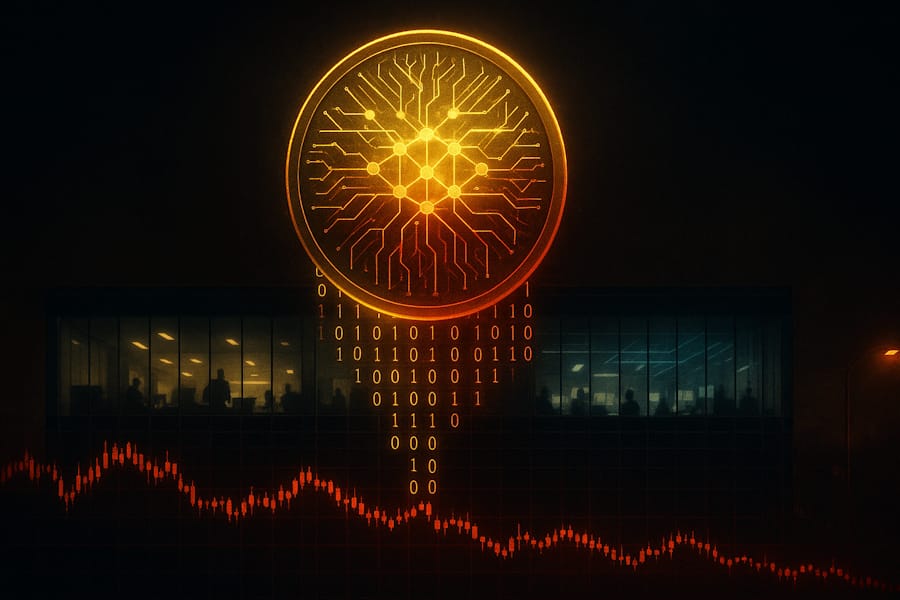The Amazing Advancements of Robotics: A Long Road Ahead for Society
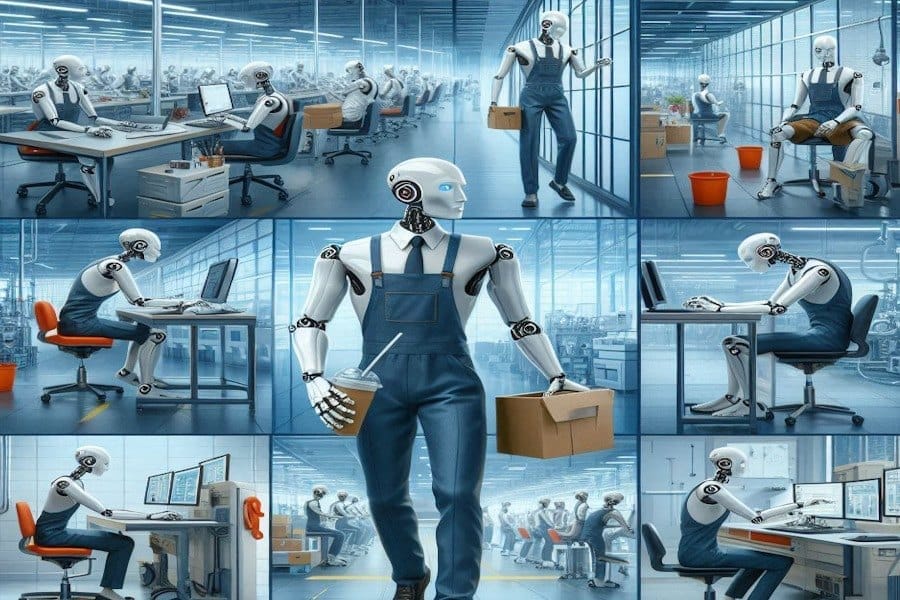
Publish Date: Last Updated: 10th November 2025
Author: nick smith - With the help of CHATGPT
Robotics and AI are advancing at an incredible pace, transforming industries and reshaping the workforce. The latest demonstration by Boston Dynamics showcases a humanoid robot capable of independently performing tasks like moving car parts in a factory setting. The robot selects a part from one rack and moves it to another while also dealing with errors or disruptions along the way—truly impressive feats that highlight the amazing progress in robotics and AI.
Yet, while this demonstration is an incredible step forward, it also reveals just how far we still have to go to match the ingenuity and adaptability of human workers.
The Strengths and Limitations of Current Robotics
The Boston Dynamics video is nothing short of a marvel. The robot efficiently moves between racks, carefully selects a part, and transfers it to the target location. The robot can deal with minor issues, such as tripping, and continues its task seamlessly. In a factory setting, these actions showcase how robotics can replace repetitive, mundane manual tasks.
However, if we look closer at what makes humans so exceptional, we can see the limitations of current robotic technology. A human worker would quickly adapt by moving the second rack closer, minimizing movement and saving time. A person would also likely figure out that they could carry more than one part at a time, further doubling their efficiency. These kinds of adaptations are second nature to humans but are not yet part of robotic capabilities without explicit programming or human intervention.
For now, these robots cannot learn on the fly—they do what they are programmed to do. The entire process relies on a supervisor to notice inefficiencies, which highlights that we are far from the dream of robots matching the full cognitive ability of a human worker.
Human Workers vs. Automation
Of course, it's easy to get caught up in the amazing advancements in robotics. After all, the capabilities demonstrated by Boston Dynamics are light-years beyond what was possible just a decade ago. Robots don’t get tired, they can work 24 hours a day, and companies are eager to avoid the costs associated with labor laws, breaks, and salaries.
However, these advancements also raise fundamental questions about the very nature of employment and society. A considerable portion of jobs—whether in factories or offices—is made up of repetitive tasks. For instance, my experience working in a factory involved stamping small plastic disks with unique serial numbers. While the task was simple, boredom would inevitably set in after hours of repetitive actions, and mistakes were unavoidable. It’s precisely these kinds of tasks that automation can do far more accurately, without getting tired or losing focus.
But therein lies the dilemma: if such jobs didn’t exist, millions of people wouldn’t have a way to earn a living. Automation offers tremendous benefits, but it also presents societal challenges that we must address if we want to avoid severe repercussions.
The Societal Dilemma of Automation
The societal implications of widespread automation are profound. Automation and AI are reducing the need for human labor, and governments are already feeling the effects of a shifting employment landscape. Lower-income tax revenues and increasing demands for social support programs are becoming pressing issues. The problem cannot be solved by simply increasing taxes on those still employed—doing so will likely only hasten the shift toward more automation, leading to fewer jobs and less revenue in an accelerating downward spiral.
The harsh reality is that governments can’t fund both an aging population and mass unemployment. The more people lose their jobs to machines, the more they lose their ability to spend money in the economy. And as history has shown us, when people are hungry and desperate, civil unrest follows. The true threat to societal stability may not come from international conflicts but from within, as the gap between those with access to opportunities and those without continues to grow.
The Need for a New Approach
For decades, we've heard about the promises of a four-day workweek, automation, and increased leisure time. Yet, despite these promises, the majority of workers are facing longer hours and more insecurity. Part of this is due to the fact that past technological advancements created jobs—factories needed workers, logistics required staff, and new gadgets needed people to sell them.
But now we are witnessing a technological revolution that, for the first time, seems to be reducing the need for human labor on a broad scale. Factories today require fewer and fewer workers. Call centers are being replaced by AI chatbots, and more people are making purchases online, eliminating retail positions. These rapid changes will soon bring about massive societal shifts that we’re not yet ready to handle.
The Case for Universal Basic Income (UBI)
One proposed solution is a Universal Basic Income (UBI), guaranteeing citizens a minimum income regardless of employment status. In theory, this could prevent people from falling into poverty as automation takes over jobs. However, this too has its limitations. A society that relies entirely on UBI risks becoming stagnant—where the majority are dependent on state support, while only a select few thrive by setting up businesses or leveraging their unique skills. UBI might ensure that people can survive, but it does little to ensure people thrive, find purpose, or feel fulfilled.
The Importance of Proactive Policy and Education
Another critical component of dealing with the rise of automation is education. Not everyone has the inclination or skills to become an entrepreneur. Not everyone wants to learn coding or AI—nor should they have to. Governments need to implement policies that prepare the workforce for this new reality. This includes upskilling and reskilling workers to take on roles that cannot be easily automated, such as those requiring creative problem-solving, empathy, and complex decision-making.
Facing the Future
We’re at a crossroads. While the world focuses on conflicts in Ukraine, North Korea, or the Middle East, a quieter yet more dangerous threat is brewing—a systemic issue that could lead to mass unemployment, social instability, and the collapse of economic systems if not handled correctly. Automation is here, and it’s moving faster than we expected. We can no longer afford to kick the problem down the road.
The incredible advancements in robotics and AI are certainly paving the way for a future of unprecedented efficiency, but they are also paving the way for a societal revolution. Whether this leads to greater prosperity or greater unrest will depend on how we, as a society, choose to address these changes.
Our modern world is fragile. It’s time we start talking about these issues openly and bring them to the forefront of politics and public debate. Robotics and automation have immense potential to improve our quality of life, but only if we’re prepared to adapt our systems and our mindsets to accommodate them. Otherwise, the road to progress might lead us down a dangerous path, paved, as always, with good intentions.
AI Robotics on YouTube

Unitree is Teaching Humanoid Robots to Fight
YouTube Channel: CNET
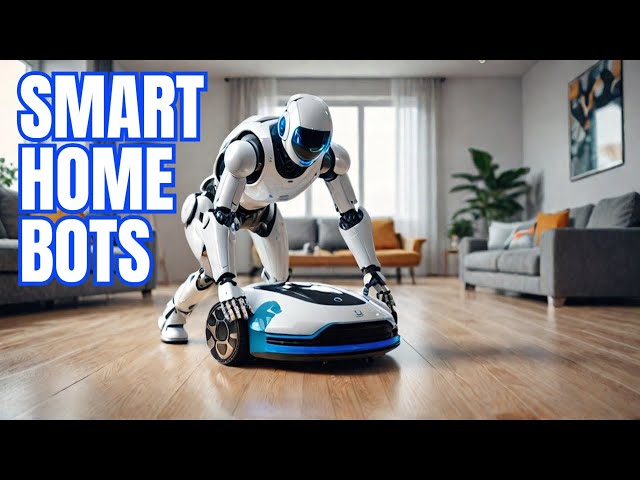
9 AI Robots That Do Your Chores | Smart Home Solutions You Need in 2025
YouTube Channel: TECARVR
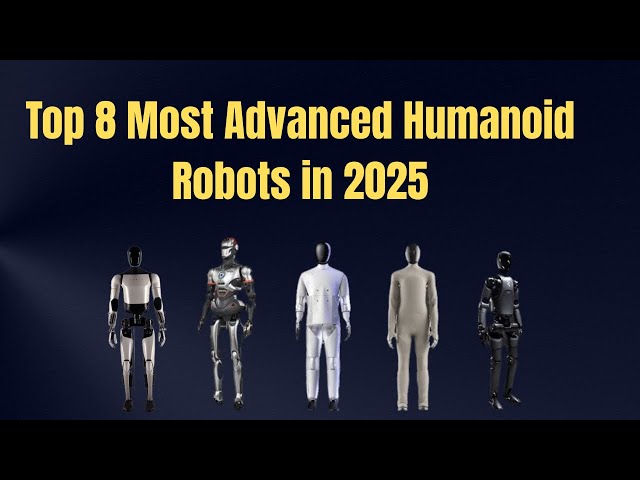
2025’s Most Insane Humanoid Robots — Tesla, Atlas, Engine AI & More
YouTube Channel: AI Ascension

AI Robots SHOCK AGAIN! Is the World Ready?! [Unitree Stuns, Figure 02 Gets Smarter, Boston Dynamics]
YouTube Channel: The AI Nexus
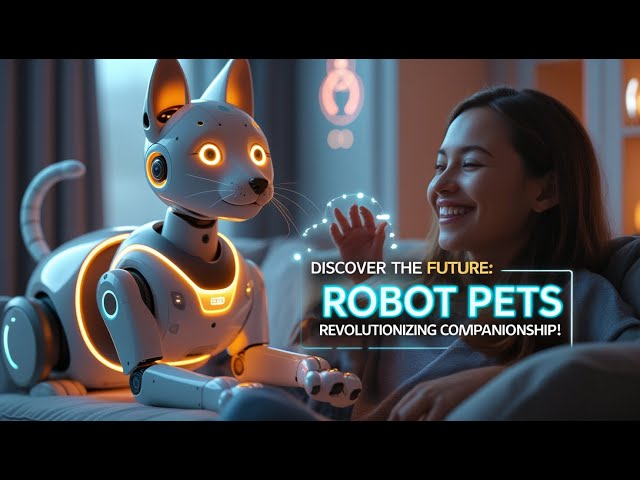
AI ROBOTS FOR SENIOR CARE: Revolutionizing Senior Independence!
YouTube Channel: AI Tech Beat
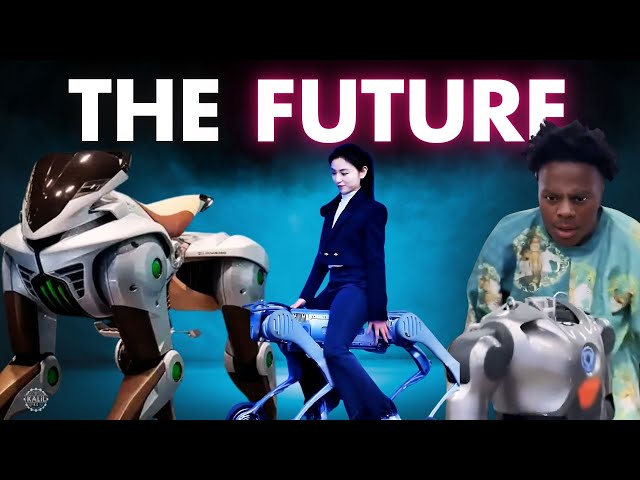
VIRAL Robots: Japan’s AI-Powered Robotic Horse + IShowSpeed EngineAI Humanoid Dance in China
YouTube Channel: Kalil 4.0
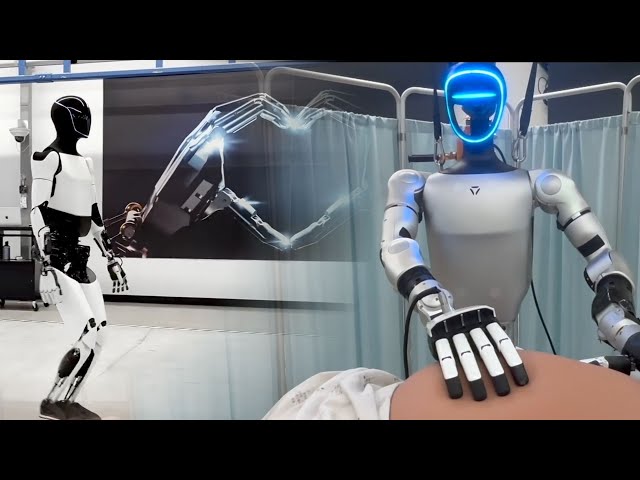
AI ROBOTS: Unitree G1 Humanoid Robot for Surgery? Tesla Optimus Cage Match? KEENON China Takeover?
YouTube Channel: Kalil 4.0

LeRobot – Lowering the entry barrier to AI for robotics
YouTube Channel: Google for Developers
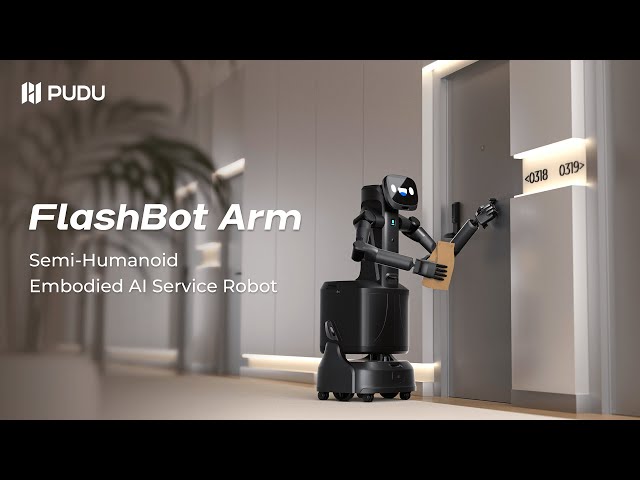
Introducing FlashBot Arm: Semi-Humanoid Embodied AI Service Robot | Pudu Robotics
YouTube Channel: Pudu Robotics
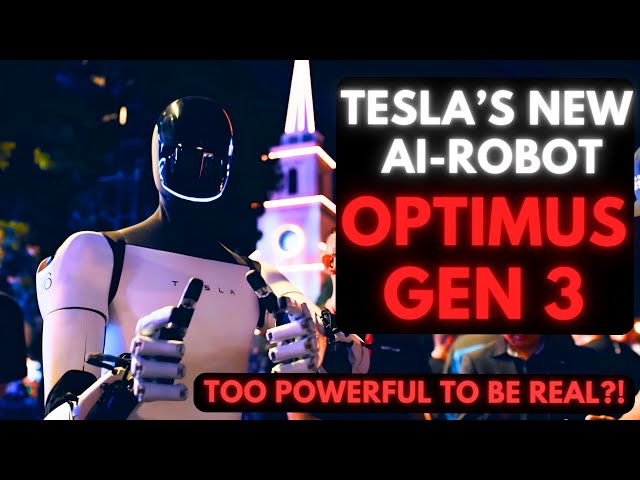
Tesla Bot Optimus Gen 3 | Elon Musk Unveils the Future of AI Robotics!
YouTube Channel: RootSaid - Robotics, Electronics & Technology
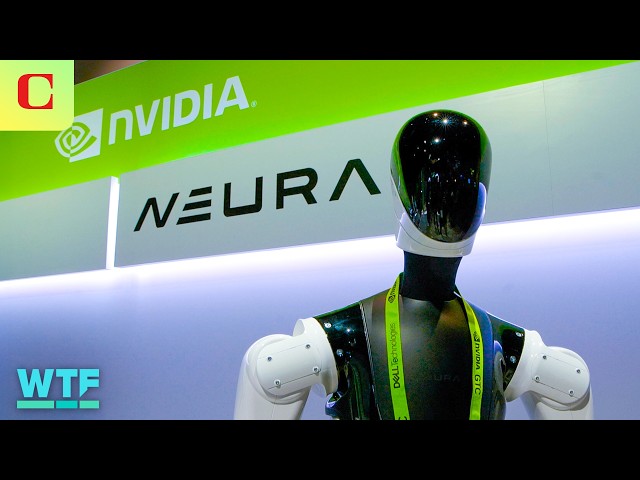
Every Humanoid Robot We Met at Nvidia GTC (and Some We Didn’t)
YouTube Channel: CNET

NEO Gamma 1.0 Robot's NVIDIA AI News Is Crazy ($30,000 HUMANOID)
YouTube Channel: AI News
Latest AI Articles
AI Questions and Answers section for The Amazing Advancements of Robotics: A Long Road Ahead for Society
Welcome to a new feature where you can interact with our AI called Jeannie. You can ask her anything relating to this article. If this feature is available, you should see a small genie lamp in the bottom right of the page. Click on the lamp to start a chat or view the following questions that Jeannie has answered relating to The Amazing Advancements of Robotics: A Long Road Ahead for Society.
Be the first to ask our Jeannie AI a question about this article
Look for the gold latern at the bottom right of your screen and click on it to enable Jeannie AI Chat.







